Affiliate links on Android Authority may earn us a commission. Learn more.
Should you get a 48MP smartphone? Here's what you need to know
Published onJanuary 19, 2019
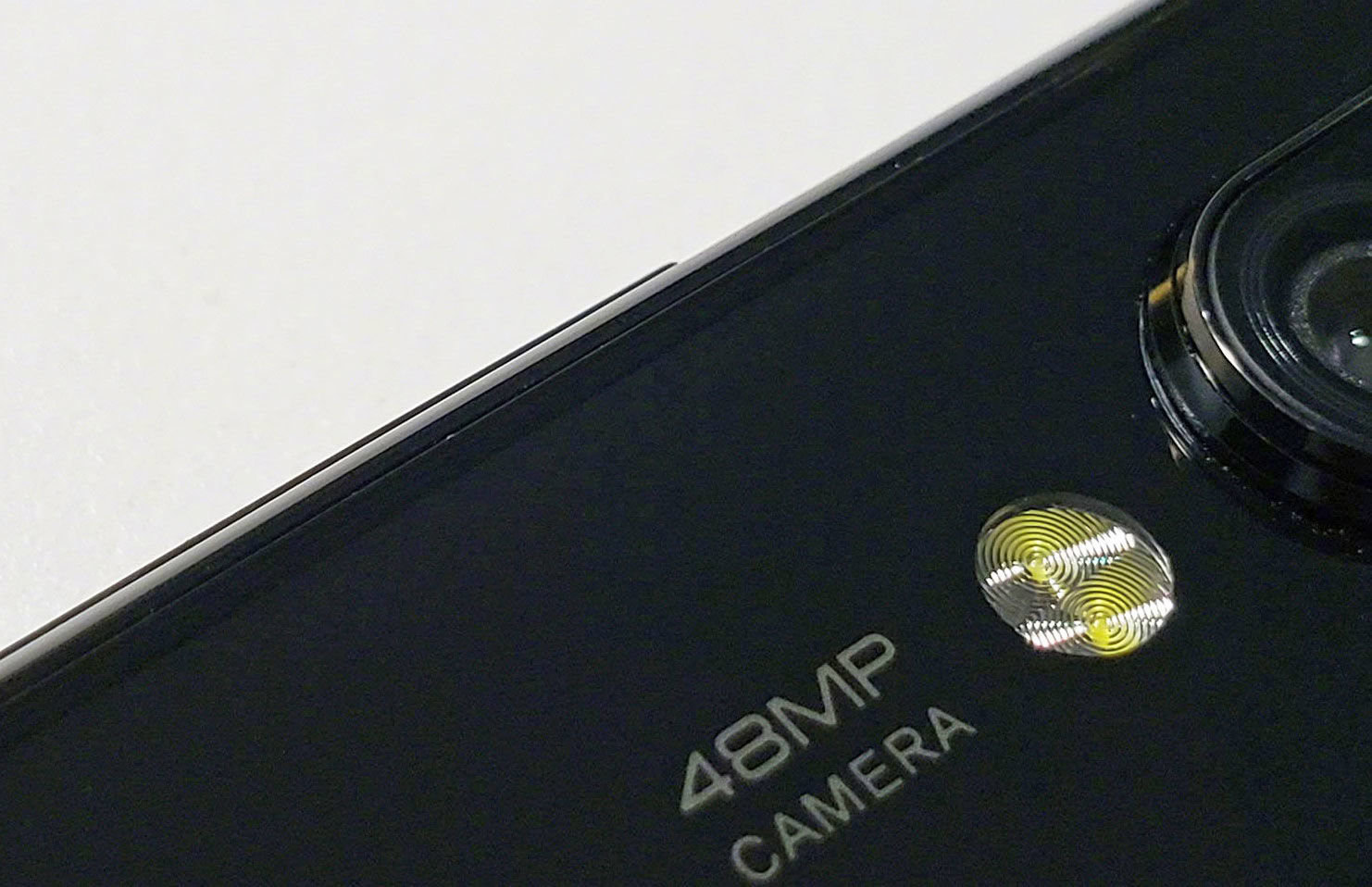
Phone makers have largely offered 12MP main cameras for a few years now, and who can blame them? 12MP cameras strike a great balance between resolution and sensor size, as evident by Google‘s and Samsung‘s flagship phones over the past three or four years.
But 2018 saw the leap to 40MP for Huawei, with some interesting results. Now, it seems like 2019 could be the year of the 48MP camera, as several phone makers adopt the technology for their phones. The two biggest camera sensor manufacturers, Sony and Samsung, are leading the charge, as they both bring 48MP sensors to market.
The Japanese company has the IMX586 sensor, while the Korean conglomerate is touting the ISOCELL GM1. And between the resolution, pixel size, and pixel binning approach, we’ve got two extremely similar sensors.
Why we haven’t got 48MP cameras until now
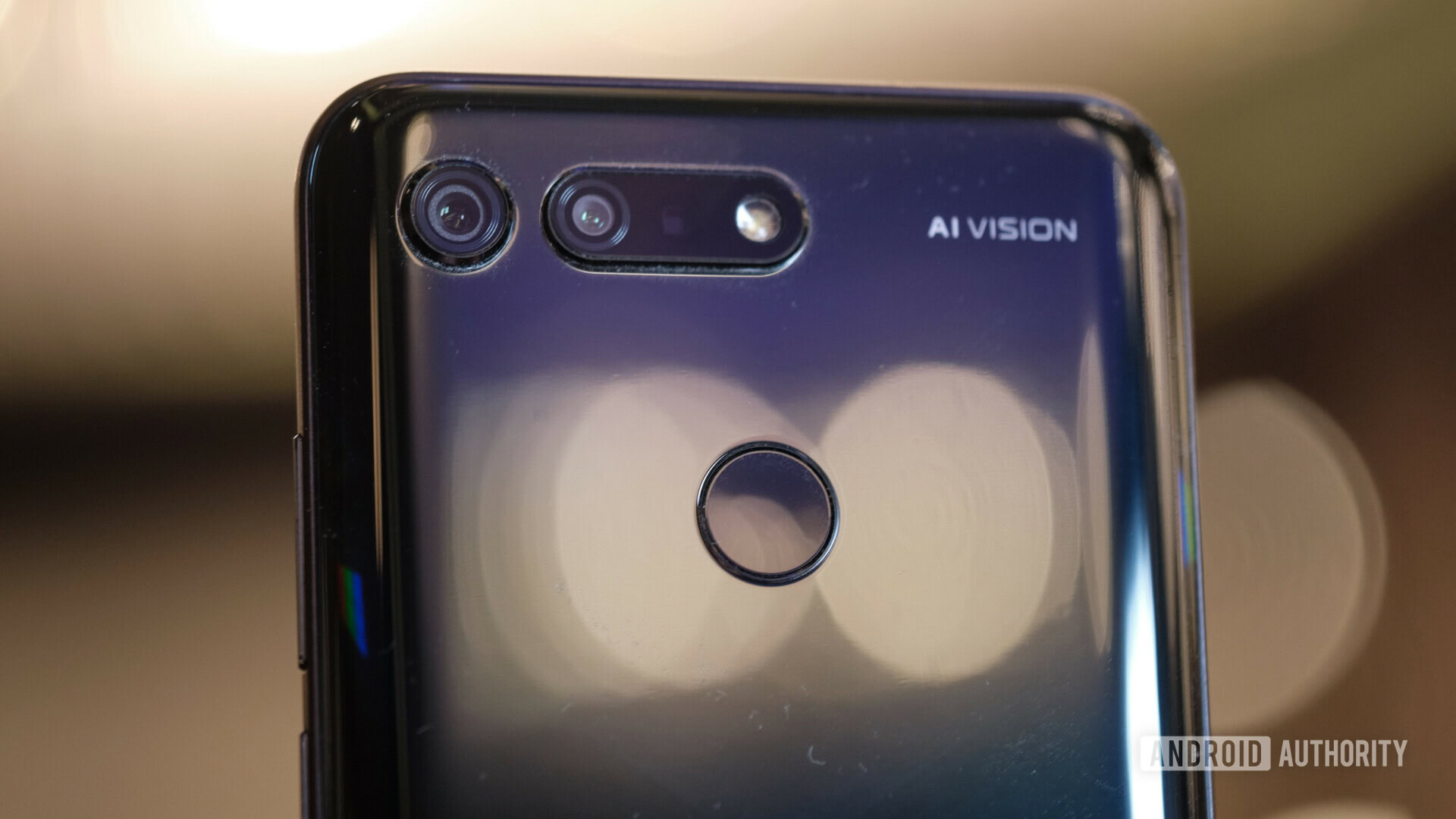
Ordinarily, a 48MP camera sensor squeezed into your typical smartphone presents several problems. An increase in resolution should ideally go hand-in-hand with a bump in sensor size to maintain low-light performance, but a larger sensor usually results in a big camera hump or a thicker phone.
The other alternative is to keep the sensor the same size. But cramming all those pixels onto a small sensor means the individual pixels have to be smaller in order to fit. And smaller pixels are simply unable to adequately capture enough light for night-time shots. Think of it like collecting rain in buckets. A 25-liter bucket (larger pixel) is simply going to collect more rain (light) than a 10-liter bucket (smaller pixel).
Chipset and secondary camera support is another concern when it comes to 48MP cameras. The vast majority of chipsets don’t explicitly support 48MP cameras, let alone a 48MP camera paired up with a secondary shooter. In fact, the Snapdragon 855, Snapdragon 675, and MediaTek Helio P90 seem to be some of the only chipsets specifically supporting 48MP shots right now (and Qualcomm’s chips don’t mention dual camera support in this regard).

This brings to mind the Nokia Lumia 1020 back in 2013, as the device’s Snapdragon S4 Plus chip didn’t actually support a 41MP camera. This forced Nokia to essentially graft support into the hardware. The result was indeed a proper 41MP smartphone, albeit one with horrendous shot-to-shot and processing times.
We could be seeing something similar with Xiaomi’s Redmi Note 7, a 48MP smartphone that uses the Snapdragon 660. This chipset doesn’t support 48MP shooters, according to the spec sheet, but Xiaomi seems to have found a solution anyway. Hopefully we don’t have a laggy mess of an experience…
Chipsets have come a long way from the days of dual-core 32-bit designs though, so single-shot performance should be pretty brisk. But the popularity of features like HDR+ and night mode means these chipsets might have to deal with a ton of data in some situations.
It’s also encouraging to see the few announced 48MP devices all offering a secondary camera of some kind. However, with the exception of the HUAWEI Nova 4, most of these devices have a secondary depth or 3D sensor rather than a telephoto, monochrome, or wide-angle snapper.
Why should you be excited?

Samsung and Sony aren’t merely producing a 48MP sensor for bragging rights or great daytime detail — although I do look forward to daytime results. The companies are using a technique called pixel binning to overcome the downsides of a 48MP sensor (i.e. poor low-light shots).
Pixel binning is one of the most reliable ways to get better photos on your smartphone, being done on the likes of the LG G7, HUAWEI P20 Pro, HUAWEI Mate 20 Pro, and scores of budget phones. This process sees information from four neighbouring pixels combined into one, in order to produce a brighter overall image. In essence, they’re combining four smaller rain buckets to make one big bucket. This approach allows cameras to maintain sensor size while still getting good night-time snaps.
Pixel binning isn’t without disadvantages though, as you end up with a much lower resolution image than the camera sensor is capable of spitting out. For example, the LG G7 uses pixel binning on its 16MP main camera for brighter low-light shots, churning out a 4MP snap in the process.
The 48MP camera is a means to an end, rather than the end itself.
Four megapixels is a pretty low resolution (HTC One, anyone?), but you could technically get a higher output resolution if you used a higher resolution camera to begin with. HUAWEI’s devices take this approach, spitting out 10MP pixel-binned snaps from a 40MP primary camera. And then you have Sony’s and Samsung’s new sensors, which adopt a 48MP resolution to bring us 12MP pixel-binned shots. This is roughly the same output resolution as 2018 flagship phones like the Google Pixel 3 and Samsung Galaxy S9.
The new 48MP camera sensors predictably have smaller pixels than your traditional 12MP smartphone though. They both feature tiny 0.8 micron pixels, while the Galaxy S9’s main camera packs 1.4 micron pixels; even the OnePlus 6T‘s 16MP main shooter has 1.22 micron pixels.
But Samsung and Sony say their sensors give you the equivalent of a 12MP 1.6 micron pixel image when taking a pixel-binned shot. Check out Sony’s image below for a better idea of the setup.
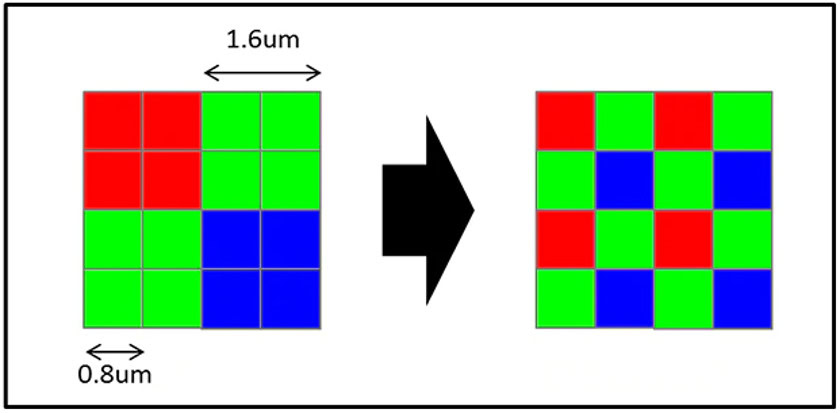
Sony also provided a sample shot at the time of its announcement, comparing it to a traditional 12MP snap in broad daylight. The real test will come in low light though, but you can check out the comparison below.
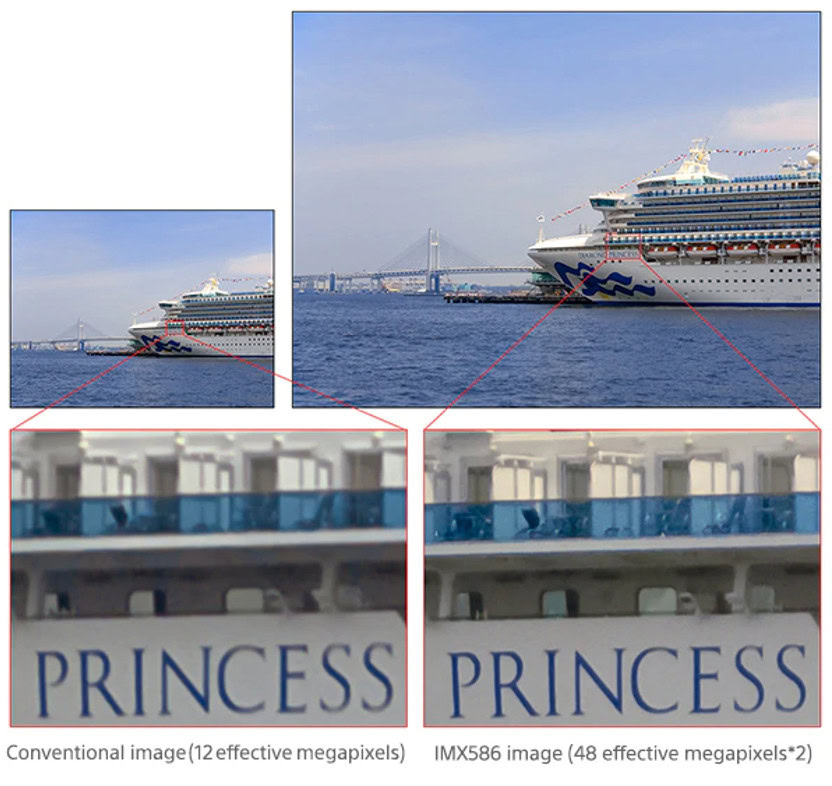
As the photo suggests, it looks like 48MP shots could also enable better zoom than solutions seen on your standard single-camera smartphone. This is because you should be able to simply crop into the high-resolution image to get good results (at least when pixel binning isn’t enabled). It’s unclear whether we can expect results that are better than a telephoto camera or computational efforts, but it’s definitely got potential.
Who’s using 48MP sensors?
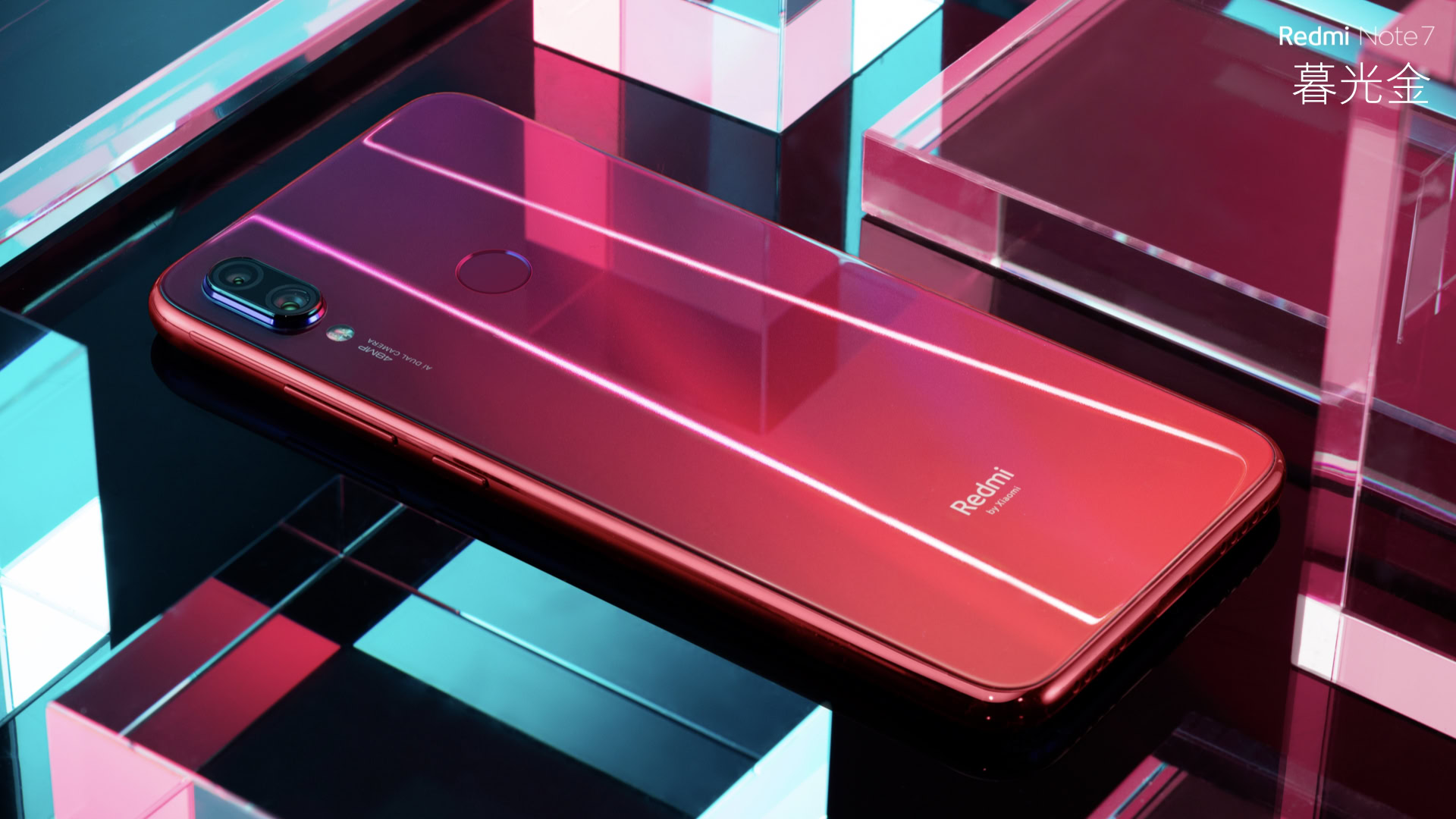
The HONOR View 20 is perhaps the most prominent device with a 48MP camera, and the first samples seem to be pretty encouraging. You can also expect a Kirin 980 chipset, up to 8GB of RAM, 128GB or 256GB of expandable storage, and a secondary 3D camera next to the 48MP snapper.
HUAWEI also revealed the Nova 4 last month, swapping out the Kirin 980 chipset for the older Kirin 970 processor. But the rear camera combination consists of the 48MP primary snapper, a 16MP ultra wide angle camera, and a 2MP depth sensor.
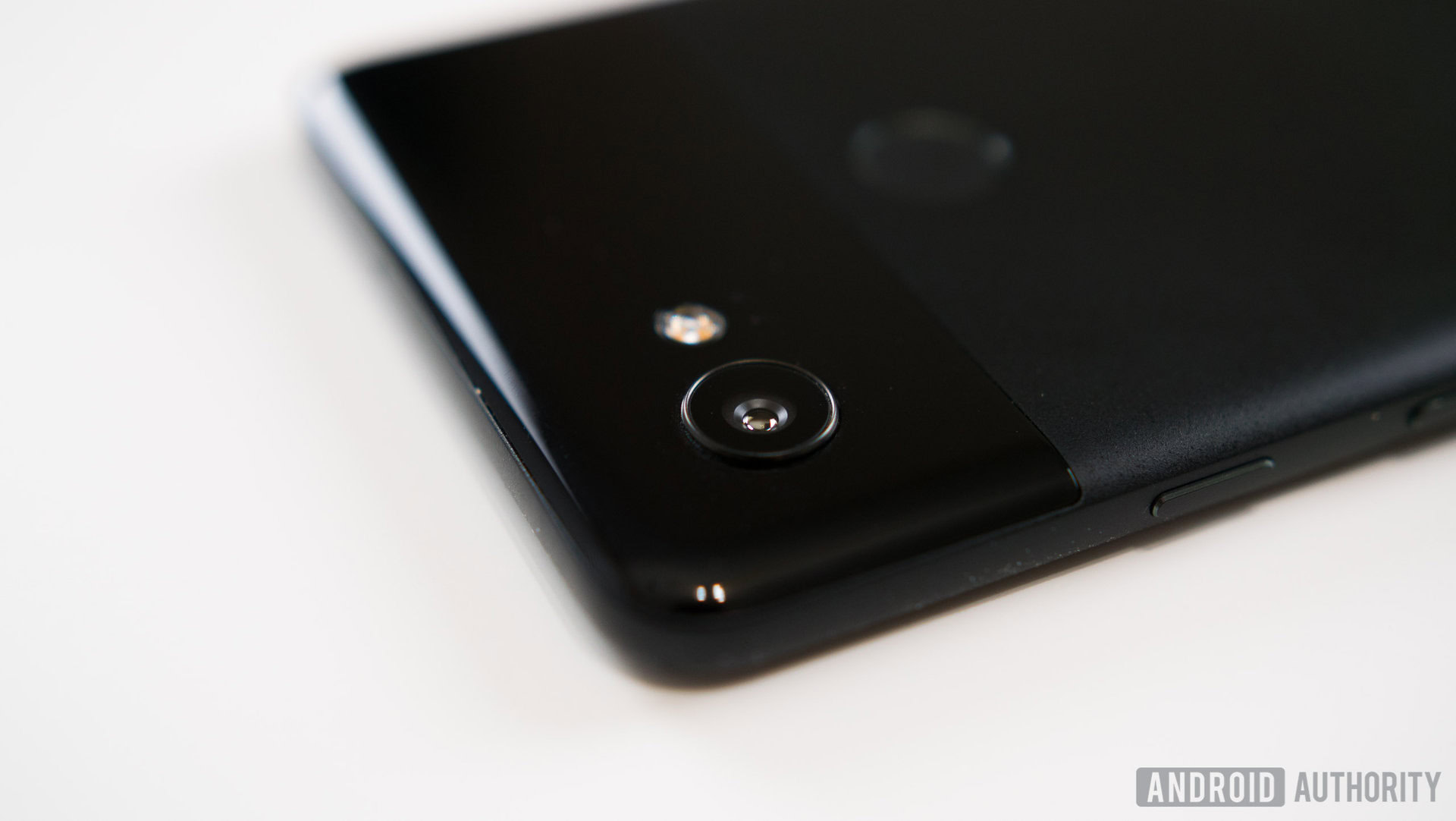
Chinese brand Hisense hopped aboard the 48MP bandwagon at CES, with the U30. The phone packs a Snapdragon 675 chipset, the expected 48MP snapper, and a 5MP secondary camera for depth effects.
Xiaomi also revealed the Redmi Note 7 this month, offering a 48MP rear camera alongside a 5MP secondary shooter. The brand is opting for a Snapdragon 660 chipset and a Samsung-made sensor, but confirmed that it would offer the Redmi Note 7 Pro with a Sony-made sensor.
Should you buy a 48MP smartphone?
It’s too early to say whether the foray into 48MP sensors will result in amazing pictures, but adoption by so many brands certainly seems to suggest that Samsung and Sony impressed manufacturers with their sensor tech.
We’ll need to put these phones to the test before we reach a verdict, but, even if the pixel-binned approach on its own doesn’t yield amazing results, OEMs have a ton of image processing tech at their disposal. Imagine a 12MP pixel-binned shot combined with Night Mode or Google’s HDR+…
NEXT: Interpreter Mode allows Google Home to translate conversations in real-time